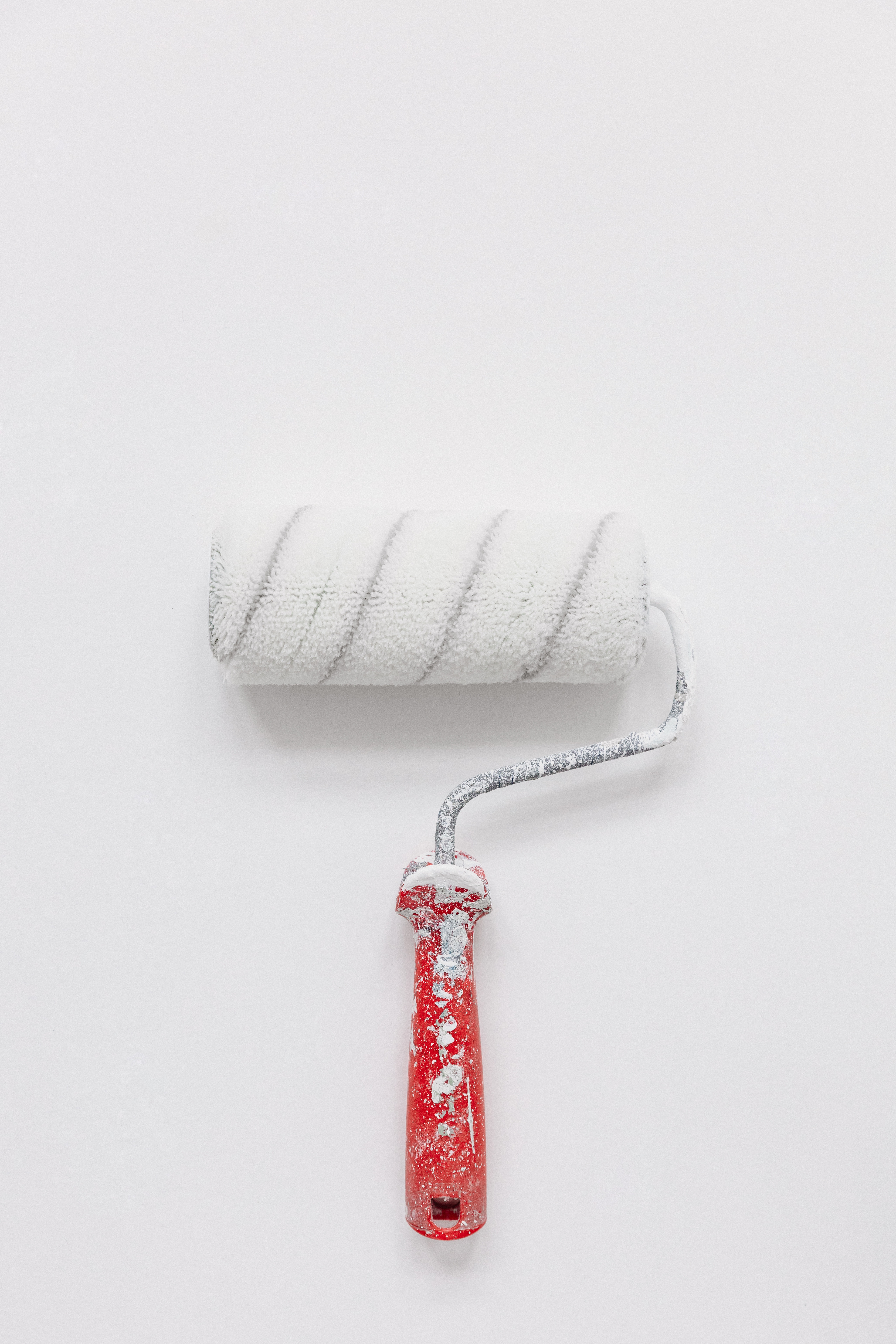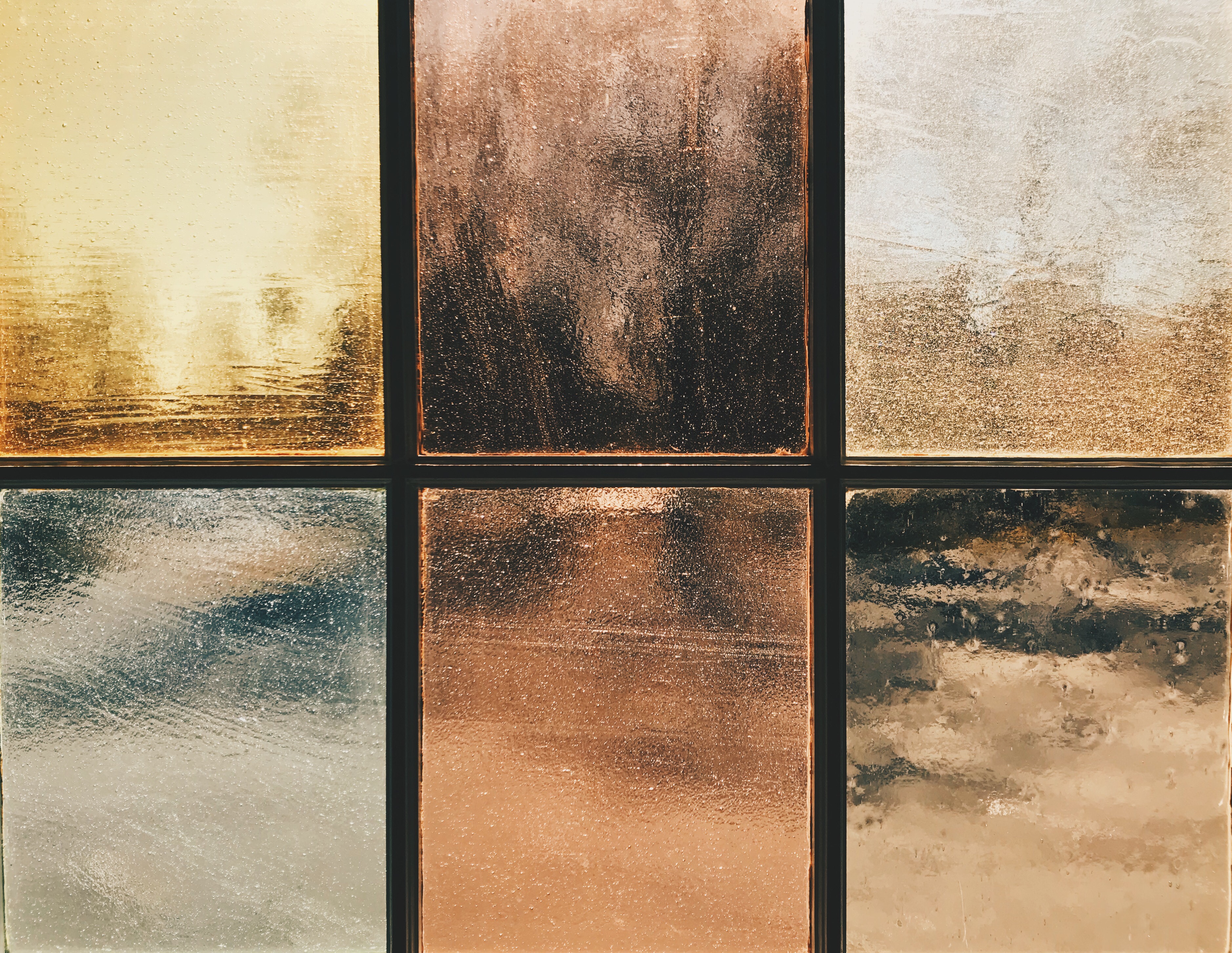

Climadoor Internal Bifold Doors
Climadoor brand internal bifold doors give you peace of mind for quality and ease of fitment. Exceptional value for money. Available in white, oak and a variety of glazing options.
From £59.00
From £69.00
From £36.99
From £93.35
From £60.00
From £27.26
From £6.99
From £49.00
From £63.98
From £59.00
From £90.99
From £27.26
From £179.00
From £36.99
Internal Doors by style
From £79.00
From £159.00
From £257.63
From £69.00
Fire Rated Riser
Doors & Access Panels
From £38.49
From £105.00
From £143.61
From £79.00
From £263.40
From £69.00
From £74.25
From £74.25
From £79.00

Introduce a sense of timeless craftsmanship to your project with internal oak door sets.
View Full Range
Keep it simple with versatile moulded door sets that arrive ready for rapid installation.
View Full Range
Add that touch of warmth with a prehung oak fire door set, for any traditional or modern home.
View Full Range
French doors are made of 2 or 4 panels, and generally open outwards to help you enjoy your patio or garden area. They are commonly used for conservatories too. With a simple hinged mechanism, this classic door design is cost effective as well as attractive. External french doors are a great investment and can help to increase the value of your home.
View Full Range
Bifold doors have multiple panels that fold back on themselves as they slide open. Simple hinges combined with a track system allow them to open smoothly and open neatly, like a concertina. Whilst their common name is ‘bi-fold’, they actually have a series of panels that make them ideal for larger openings.
View Full Range
Bring the outside in with a striking set of sliding patio doors. If you want to open up your home with large glass panels that let the light flood in, patio doors are a must-have.
View Full RangeFrom £359.33
From £304.00
From £131.27
From £99.99
From £75.65
From £135.86
From £99.99
From £177.56
From £0.00
Deals By Category
Hot Deals: Limited Time Only
Internal French doors are a great way to aid the spread of light through a home, and thereby heighten the sense of space. They’re suitable for use just about everywhere in the home, and if used wisely can transform a living space – both in terms of function and aesthetics.
Let’s take a closer look at this technology, and see how we might get the best from it.
French doors always come in pairs, with a frame that’s just over two metres tall. A standard pair is around 1250mm wide, though if you’re shopping for a hole that’s slightly irregular you might be able to find a little leeway either side of this figure. If you’ve got an opening that’s severely oversized, you might opt to extend the wall to match the dimensions of the door you have in mind.
On the other hand, there are also ways of expanding a set of French doors with the aid of ‘transom’ windows and ‘sidelights’. These are windows which are designed, respectively, to sit at the top of a set of French doors, or to either side of them. If you’ve got an especially wide or tall space that you feel could do with an especially wide or tall door, a set of French doors with extra window-space to match might do the trick nicely.

Photo by Yoann Siloine on Unsplash
French doors come in several different materials, but of these hardwood, and particularly oak, are the most popular. In order to cut costs and avoid warping, engineered wood is a popular choice – a high-quality engineered door will retain most of the looks of a solid-wood one, but it’ll tend to last much longer and resist warping.
When you’re buying wooden doors of any kind, you’ll have the option of either buying them pre-finished, or buying them unfinished and doing the work yourself. If you’d like to choose an unusual finish or match your doors to the surrounding décor, finishing yourself might be an attractive option. If you’d prefer to have your doors ready-to-go, then getting them ready-finished will probably be wisest.
Unfinished doors, despite their name, are rarely entirely unfinished – they often come ready-coated with primer, which will protect the wood when you come to apply your varnish, wax, or paint of choice. Since all primers look pretty much the same, this will save you a little bit of trouble when you come to do the work. Just remember to use masking tape to protect the glass!

Photo by Daniel McCullough on Unsplash
All French doors are glazed. The exact configuration of glass panels in the door will be informed by the personal preference of the person buying it. A classic set would see the top of each door covered in a two-by-eight grid of rectangular glass panels – but a whole array of more exotic and unusual styles are available. You can read our dedicated article to find out more about the different types of french doors available.
If you’re in need of a little bit of privacy, then you might attach a curtain or blind to the inside of the door, or opt for frosted or obscure glass. Frosted glass has been treated to create a rough surface on one side, so that light diffuses as it passes through. This means you won’t be able to see anything through the glass, but you will be able to receive light. Obscure glass of this sort tends to come ready-etched at the factory, but its effect can be convincingly replicated at home with the help of a can of spray-on coating.
With no hidden add-ons, all our prices on screen include VAT
Buy safe in the knowledge that all our products come with a 10 year guarantee as standard
With stock available to ship immediately, we can supply to your property in 3-7 working days. *Exceptions apply.
We use Stripe to process our online transactions, one of the most trusted merchants in the industry.
Proud stockists of....

0115 838 9905
©
Express Doors Direct
All rights reserved

Please contact us for details regarding our FSC® certified products.
Express Doors Direct Ltd : Trading address : Unit 2 Sinfin Lane Commercial Park, Sinfin Lane, Derby DE24 9HL.
Trusted stockist of Climadoor; the Folding Doors brand.

Choosing the perfect bifold door for your space can be challenging with so many options available. Our Roomfold Comparison table is here to simplify the process, providing a side-by-side breakdown of the key features, specifications, and benefits of our Roomfold Standard, Deluxe, and Grande systems. Whether you’re prioritising size, finishes, or hardware, this detailed comparison will help you find the ideal solution tailored to your needs.
| Roomfold Standard | Roomfold Deluxe | Roomfold Grande | |
|---|---|---|---|
| Size Width Options | 1215mm - 3502mm | 1218mm - 4652mm | 836mm - 3891mm |
| Available Finishes | Unfinished Oak, Prefinished Oak, & White Primed | Unfinished Oak, Prefinished Oak,& White Primed | Unfinished Oak, Prefinished Oak, White Primed, Black |
| Door Options | 3,4, and 5 door options. | 3,4,5 & 6 door options | 2,3,4 and 5 door options |
| Trimming Ability - Height | 20mm on height (contact us for details, as some sets can be trimmed more than this) | 20mm on height (contact us for details, as some sets can be trimmed more than this) | 20mm on height (contact us for details, as some sets can be trimmed more than this) |
| Trimming Ability - Width | 20mm on 2 doors and then an extra 10mm per door thereafter. Where individual door leaf sizes are 686mm or bigger the trim allowance is 20mm per leaf - equal amounts off each side of the door. | 20mm on 2 doors and then an extra 10mm per door thereafter. Where individual door leaf sizes are 686mm or bigger the trim allowance is 20mm per leaf - equal amounts off each side of the door. | 20mm on 2 doors and then an extra 10mm per door thereafter. Where individual door leaf sizes are 686mm or bigger the trim allowance is 20mm per leaf - equal amounts off each side of the door. |
| Frame Depth | 78mm | 78mm | 133mm |
| Frame Height | 2078mm | 2078mm | 2060mm |
| Hardware | Top Hung only, with floor mounted pivot. | Top Hung, bottom guided, with 20mm high low level guide rail. Ideal for running different floorings up to each side. | Top Hung, with jamb mounted bottom pivot. Ideal for fitting on top of existing floorings, where the flooring finish is the same both sides of the door set. Or ideal on top of tiled floors. |
| Hardware Adjustment | Height - 6mm | Height - 6mm | Height - 10mm |
| Supplied with Drop Bolts | No | Yes | Yes |
| Delivery / Collection | Delivery £60, Collection free from either DE24 9HL, or S44 5HS, after order. All orders over £750 are free delivery. | Delivery £60, Collection free from either DE24 9HL, or S44 5HS, after order. All orders over £750 are free delivery. | Delivery £60, Collection free from either DE24 9HL, or S44 5HS, after order. All orders over £750 are free delivery. |
| Guarantee | 10 years against manufacturing defects | 10 years against manufacturing defects | 10 years against manufacturing defects |
| Bespoke Service Available (24 week lead time) | No | No | Yes |
| Key Features and Benefits | Pairmaker not supplied on “meeting door” configurations. Frame always supplied in an unfinished Oak for on-site decorating no matter the door finish. Face fit hinges and hinge handle. Ideal for customers that will have the doors in their fully open or fully closed position 90% of the time and not using the mechanism on a regular basis. Perfect for closing off a room ona budget renovations/ offices. Will allow through flooring. | Frame supplied matching the door finish chosen. Can fill larger openings as the bottom track allows up to six door systems. Smooth operation at larger total widths with connection to the head and base track on the end of every other door. Face fit hinges and hinge handle. Ideal for customers changing flooring between rooms as the 20mm high 74mm deep low-level threshold gives a clean break between flooring. A robust, cost-effective system. | Frame supplied matching the door finish chosen. Superior “external grade” hardware allowing an incredibly smooth operation with no need for a base track. Face fit hinges and hinge handle including an offset hinge system which allows the doors to stack more compact than the other Roomfold options. Supplied with door stops across the whole internal rebate of the frame leaving no gaps at the top between top edge of the doors and underside of the track meaning they will offer more in terms of heat retention and sound reduction between rooms. More opening options that can suit any home. Our highest specification system with upgraded, stylish hardware. |
| Overall Rating |







